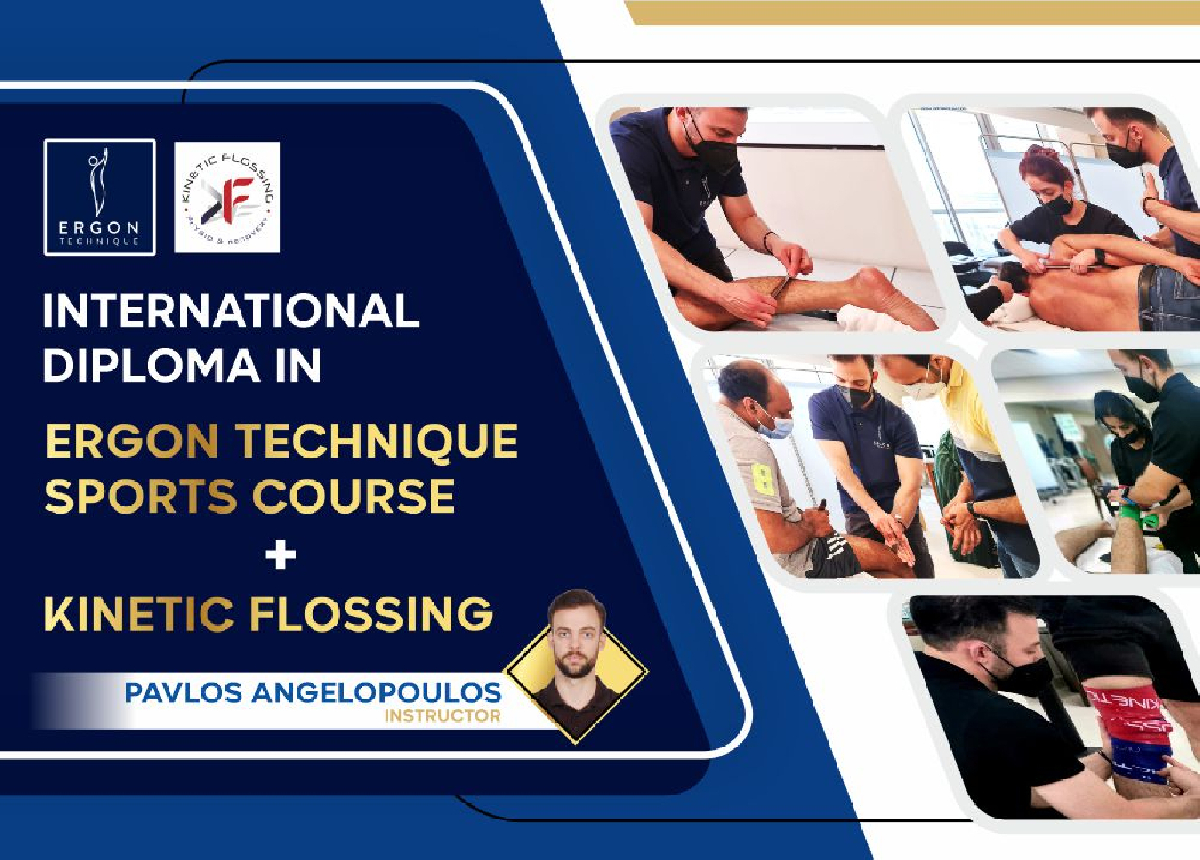Trigger points are small areas of muscle fibers that become irritated and cause pain when compressed. They can develop due to a variety of reasons such as stress, poor posture, and overuse. While there are several treatments for trigger point pain, clinical dry needling is an increasingly popular method. In this blog post, we will explore the benefits of clinical dry needling for trigger point relief and what you need to know about the process.
II. What is Clinical Dry Needling?
Clinical dry needling involves the use of thin, solid needles to stimulate trigger points in muscles. This technique is different from traditional acupuncture, as it targets specific areas of muscle fibers rather than following the traditional meridians of energy flow.
During a clinical dry needling session, the practitioner inserts a needle into the trigger point, which can cause a twitch response in the muscle. This response helps to release the tension and pain associated with the trigger point.
III. What are Trigger Points?
Trigger points are small, hyperirritable spots within a muscle that cause pain when compressed. They are often associated with muscle tension, stiffness, and restricted movement. Common trigger point locations include the neck, shoulders, and back.
IV. The Benefits of Clinical Dry Needling for Trigger Point Relief
Clinical dry needling offers several benefits for trigger point relief, including:
Pain Relief: The twitch response caused by the needle helps to release tension in the muscle, which can provide immediate pain relief.
Improved Range of Motion: By releasing the tension in the muscle, clinical dry needling can also improve range of motion and flexibility.
Compared to other forms of trigger point therapy, such as massage or manual pressure, clinical dry needling can be more precise in targeting the trigger point and can offer faster results.
V. The Clinical Dry Needling Process
During a clinical dry needling session, the practitioner will typically ask the patient about their medical history and any current pain or discomfort they are experiencing. The practitioner will then identify the trigger point location and insert the needle.
Patients may feel a slight discomfort or a twitch response during the insertion of the needle. After the needle is removed, patients may experience some soreness or bruising at the insertion site, but this usually subsides within a few days.
It is recommended to wear comfortable clothing to the session and to stay hydrated before and after the treatment.
VI. What to Expect After a Clinical Dry Needling Session
After a clinical dry needling session, patients may experience some mild soreness or bruising at the insertion site. This is normal and should subside within a few days. It is important to stay hydrated and avoid any strenuous activities for at least 24 hours after the session.
The number of sessions needed for optimal results can vary depending on the severity and location of the trigger points. Some patients may see improvement after just one session, while others may need multiple sessions.
VII. Conclusion
Clinical dry needling is an effective method for trigger point relief that offers several benefits for patients. By targeting specific areas of muscle fibers, clinical dry needling can provide immediate pain relief and improve range of motion. If you are experiencing trigger point pain, it is recommended to seek professional help from a licensed practitioner.
References:
Cummings, T. M., & White, A. R. (2001). Needling therapies in the management of myofascial trigger point pain: a systematic review. Archives of physical medicine and rehabilitation, 82(7), 986-992.
Dommerholt, J. (2011). Dry needling-peripheral and central considerations. Journal of manual & manipulative therapy, 19(4), 223-237.
Kietrys, D. M., Palombaro, K. M., A




